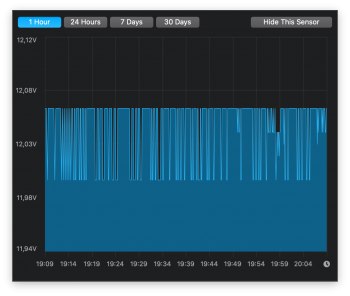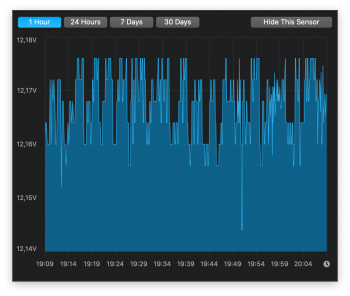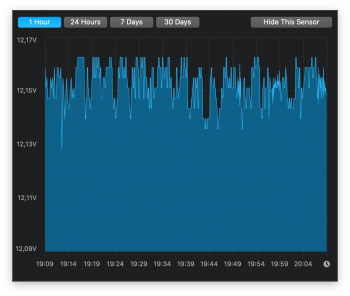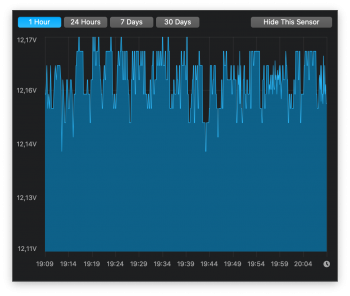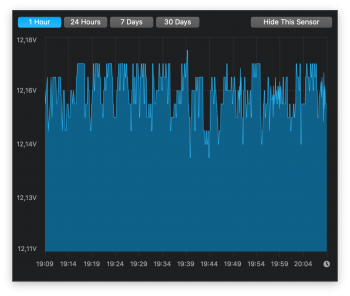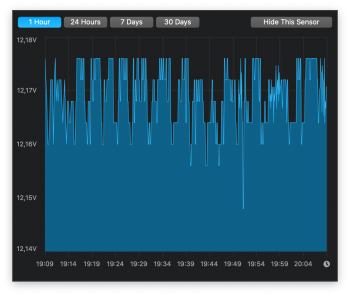Just picked up a Mac Pro 5,1 2010 and went to upgrade the CPU's and on inspection I found that two of the capacitors are obviously not right. One is missing in the spot labeled CF403 and the other cap is bent and has one leg detached from the board on CF423. Oddly enough the computer works like a champ but I suspect there could be some long term issues power wise. First, does anyone know what these caps do on the motherboard and secondly is this fixable? Thanks!






